Announcement: we are delighted to announce the birth of the Cité internationale de la langue française! Based in the Aisne region, at the Château de Villers-Cotterêts, less than 50 minutes from Paris, this new cultural centre focuses on all the cultures of the French-speaking world.
And it’s no coincidence that such an establishment is being set up in Villers-Cotterêts, since it was here almost 500 years ago that François I promulgated the decree that made French the official language of the Kingdom.
So what is the history of the Château de Villers-Cotterêts? And what will you be able to discover in this brand new Cité internationale de la langue française? Here’s an overview of what’s in store!
Article produced in collaboration with the Centre des monuments nationaux
The history of Villers-Cotterêts castle!
Francis I, the builder king

On 24 February 1525, French history was at a turning point: Francis I had just been defeated by Charles V’s troops at the Battle of Pavia. Captured and taken prisoner, the king would not be released until a year later, in 1526.
Throughout the 15th century, the kings had shunned the Paris region, preferring the châteaux of the Loire, but on the return of François I, the King had to take control of his kingdom once again and forge closer ties with the Parliament of Paris and the Faculty of Theology, which had taken full advantage of his absence to assert their autonomy.
On his return from captivity, Francis I made Paris his main residence and launched a number of construction projects in the Paris region. A king of builders, he constructed or remodelled nearly seven châteaux in less than fifteen years, including the Louvre and the Château de Fontainebleau, which he radically transformed.
One of these many projects was the Château de Villers-Cotterêts. In the early 16th century, the estate was already a magnet due to its proximity to the Retz forest, poetically described as a “forest amphitheatre” due to its horseshoe shape surrounding the town. François I wanted to bring the Court here from time to time to enjoy the pleasures of the hunt, so he had a sumptuous royal palace built, a masterpiece of Renaissance architecture.
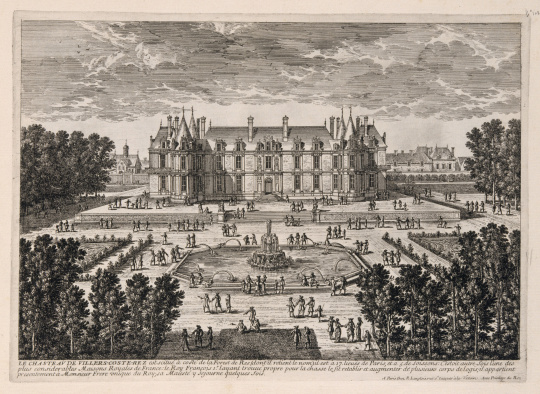
Villers-Cotterêts, informal capital of the Kingdom
The kings of France enjoyed Villers-Cotterêts, which became an informal capital of the Kingdom of France for the duration of their stays.
Sumptuous festivities were held here, so much so that Francis I nicknamed the château “Mon Plaisir” (My Pleasure). After him, Louis XIV organised a masked ball there, Philippe II d’Orléans celebrated the coronation of Louis XV with 1,000 guests and Molière’s troupe staged a performance of ” Le Tartuffe ou l’Hypocrite ” in 1664.
Villers-Cotterêts is also a major political centre. It was here that François I signed the famous Ordinance of Villers-Cotterêts in 1539.
What is the Villers-Cotterêts Ordinance ?
Enacted in August 1539 by François I, the Ordinance of Villers-Cotterêts makes French the official language of the administration. It is the oldest piece of legislation still in force in France.
The aim of this ordinance was to make legal documents easier to understand, replacing Latin, which was only written and understood by the elite. It was a founding text that enabled the administration to communicate more easily with the people, in their own language.
The Ordinance of Villers-Cotterêts also required churches to keep a register of baptisms and burials.
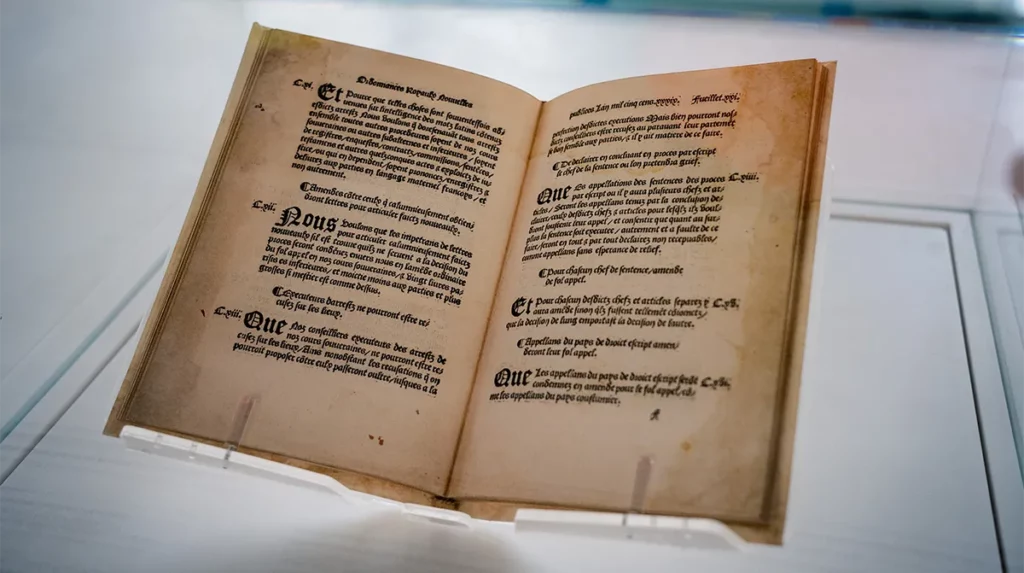
Article 110: In order that there should be no cause for doubt as to the understanding of court rulings, we wish and order that they be made and written so clearly that there is, and can be, no ambiguity or uncertainty, nor any room for interpretation.
Article 111: And because such things have often happened with regard to the understanding of the Latin words contained in the said rulings, from now on we want all rulings, together with all other proceedings, whether of our sovereign courts and other subaltern and inferior courts, or of registers, enquiries, contracts, commissions, sentences, wills, and any other legal acts and documents, to be pronounced, registered and delivered to the parties, in French mother tongue and not otherwise.
The dark ages
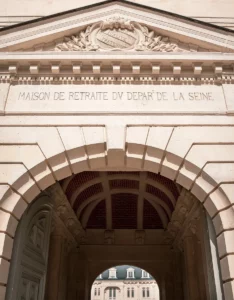
During the Revolution, Villers-Cotterêts was seized as national property. It became in turn a barracks for the Republican army, a begging depot and then an old people’s home!
To adapt to these new functions, the château was refurbished. The sumptuous rooms were transformed into refectories, infirmaries and dormitories, paving the way for numerous destructions.
The rebirth of Villers-Cotterêts castle
In 2014, the retirement home moved out of the château and into more modern buildings. This raised the question of what to do with the castle, which was then empty and in an alarming state of disrepair.
In 2018, Emmanuel Macron expressed the wish to turn the château into a laboratory dedicated to the French language, in a nod to the ordinance signed here 5 centuries ago. This led to the launch of a vast campaign to restore the château, with the aim of opening the Cité internationale de la langue française in October 2023.
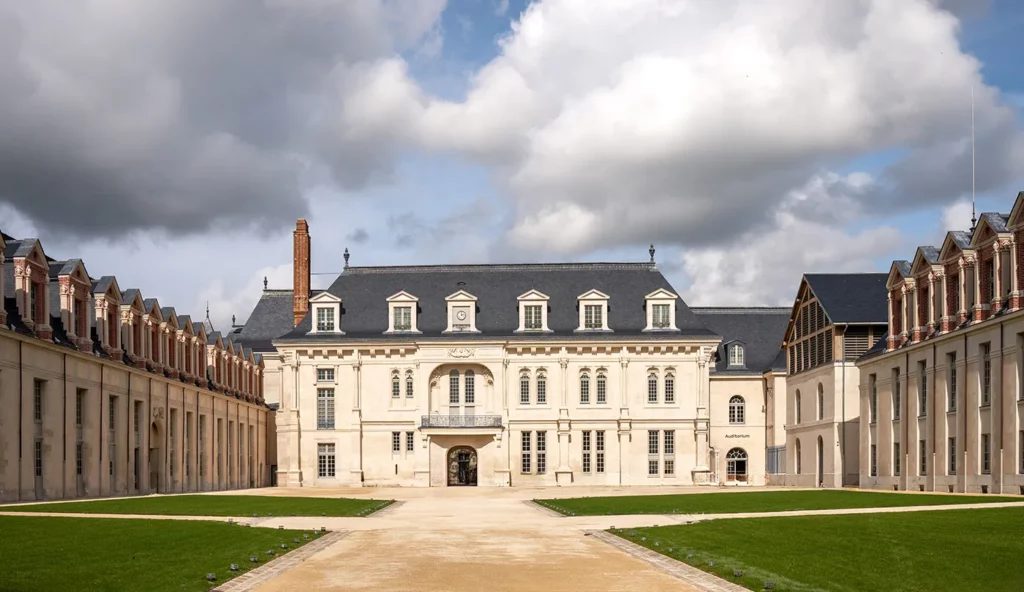
The French language now has an address: Villers-Cotterêts!
The Cité internationale de la langue française has just opened its doors. This brand new space, managed by the Centre des monuments nationaux, has many facets. At once a cultural centre, a place to live, an artistic stage… it is a protean establishment that has just seen the light of day.
An impressive glass roof
It’s impossible to miss! As you enter the Cité, you’re bound to notice this impressive glass roof covered with a lexical sky. You’ll see some very common words, as well as regional expressions, slang and others that have only recently made their way into the dictionary, such as “divulgâcher”. These words, chosen with the residents of Villers-Cotterêts, symbolise the diversity of the French language!
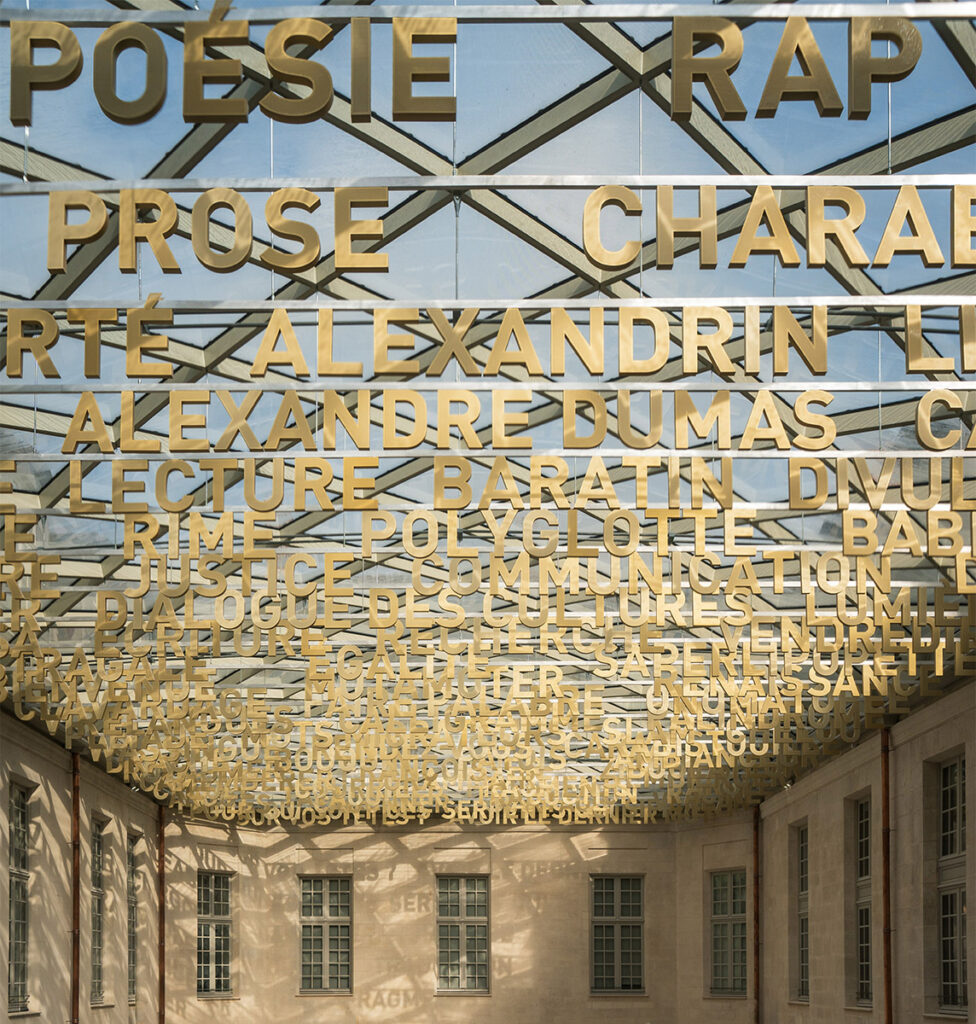
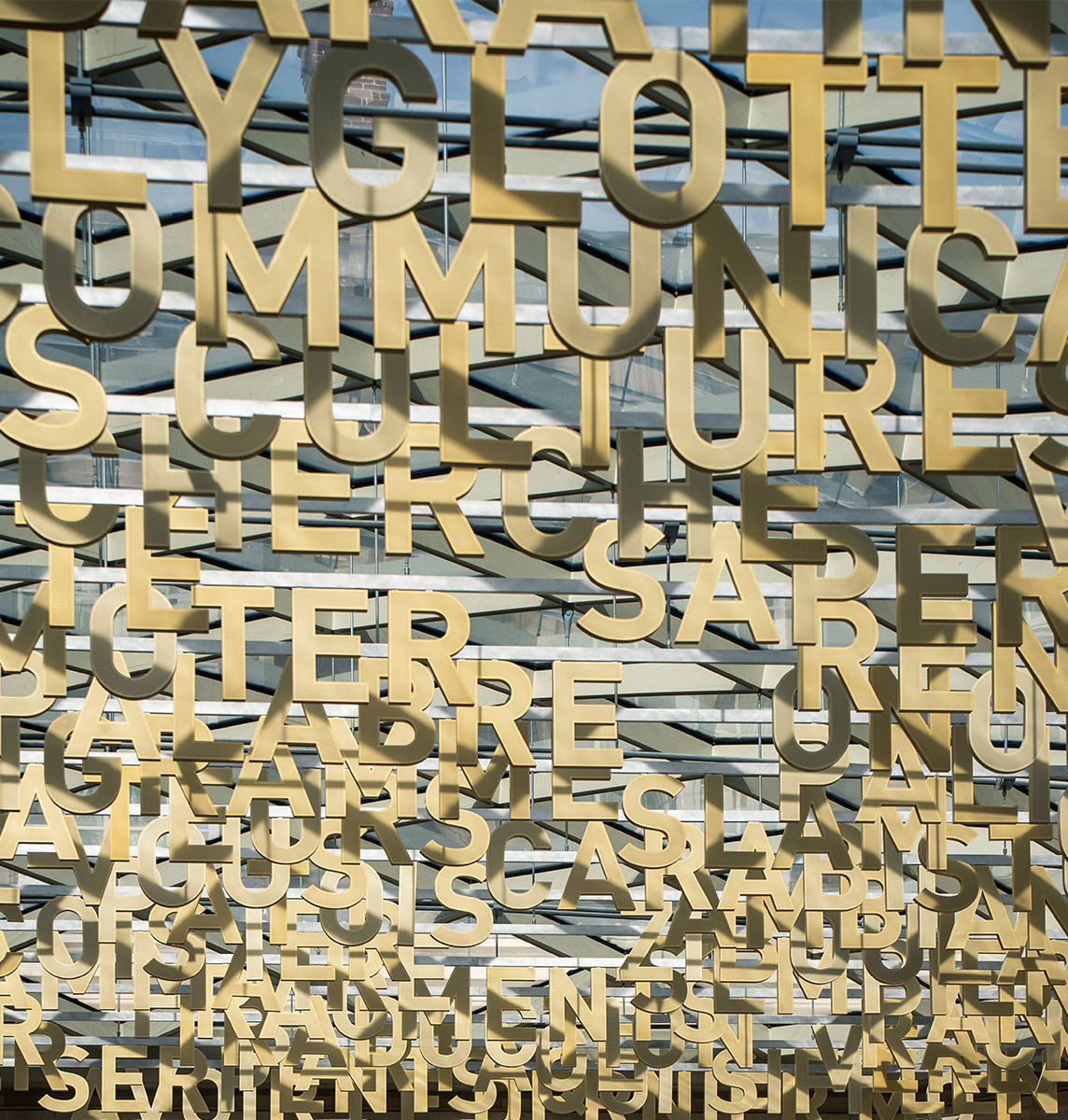
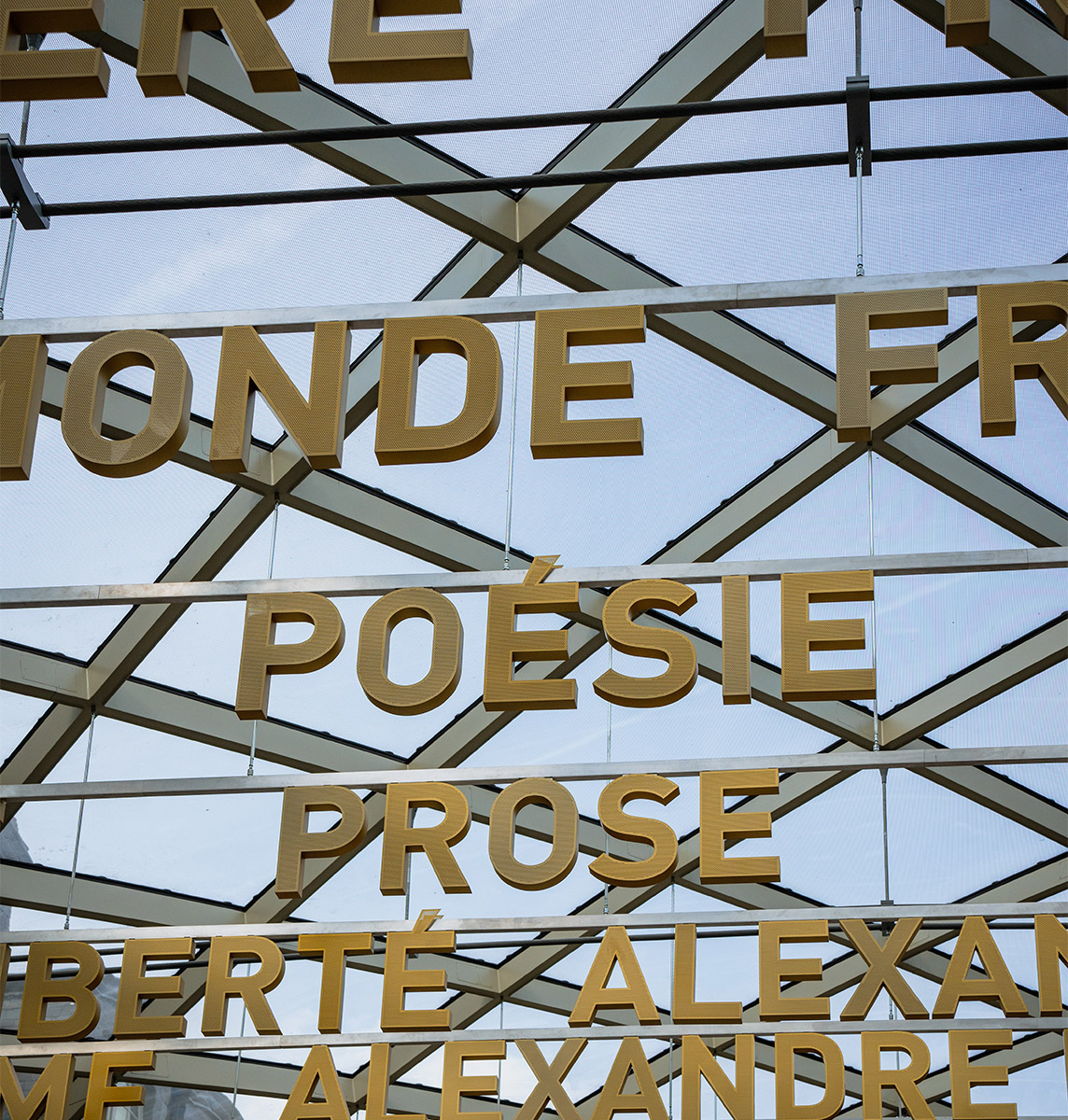
A castle linked to the region
The first room on the tour is open to visitors free of charge. It explains the history of the château and highlights the links between Villers-Cotterêts and the French language.
A number of portraits of writers from the region – including Alexandre Dumas, who was born in Villers-Cotterêts – as well as testimonials from local residents, show the region’s attachment to its castle and its language.
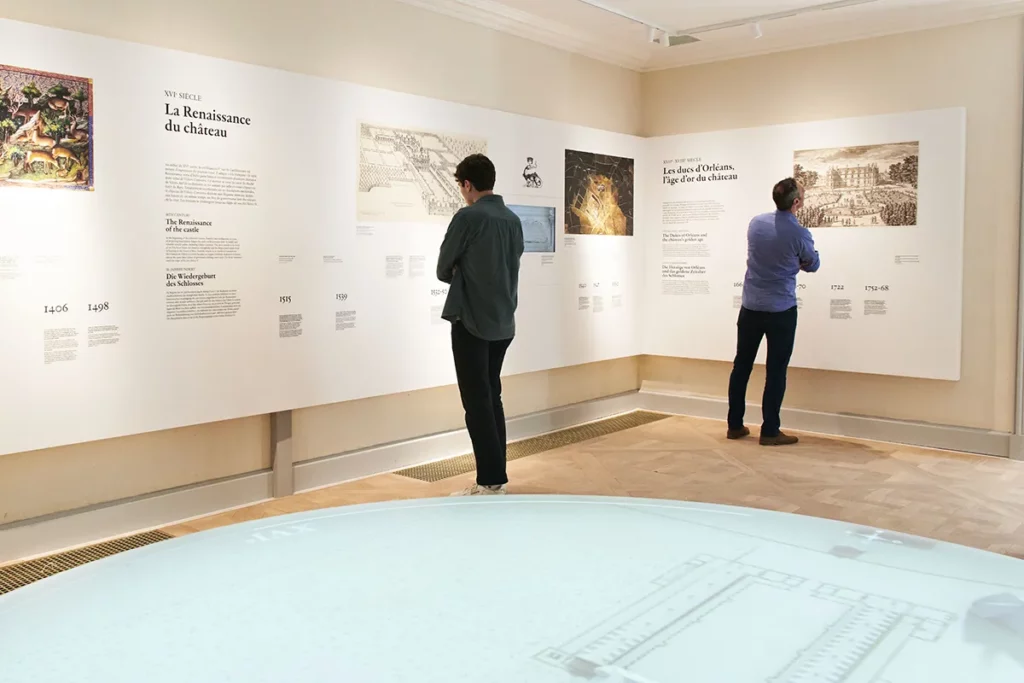
A tour of the French language adventure

The French-speaking world is multifaceted. French is spoken all over the world, but each region has its own way of using it. It’s a language that evolves and travels! The permanent exhibition invites you to explore all the specific features of this rich language through 62 interactive displays.
The tour begins with a presentation of French as a “world language”, with its different forms, oral and written, its distribution around the world and its relationship with other languages. Don’t miss the “magic library”, where a virtual librarian will offer you a personalised reading recommendation.
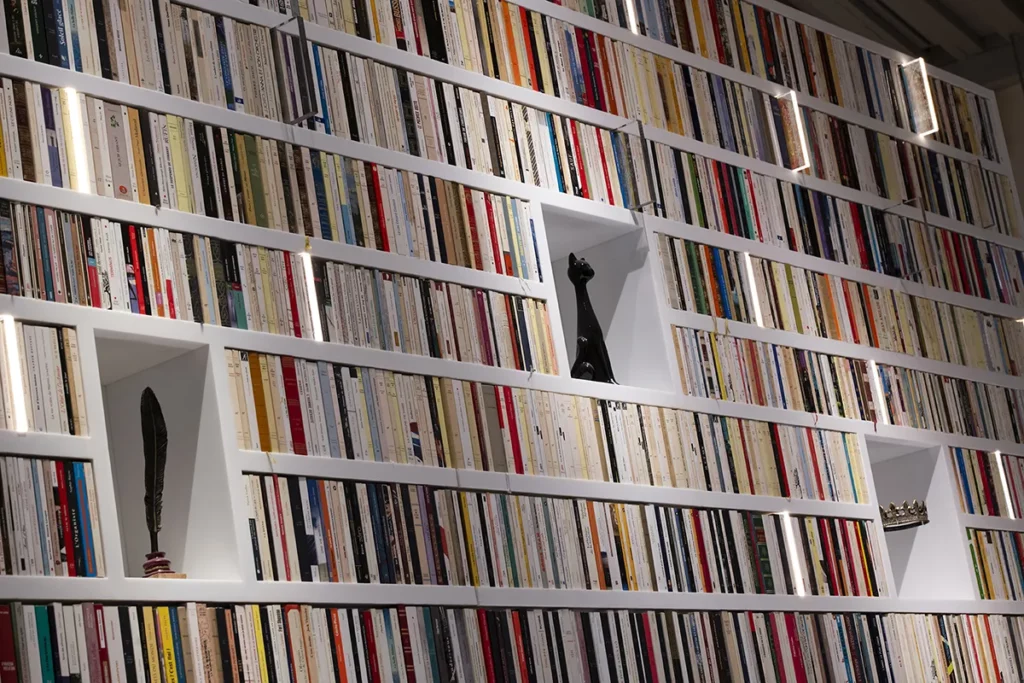
French is a constantly evolving language. In a games room, you can explore sounds and words from all over the world.
It’s a good count!
While French is our official language, 72 regional languages are officially recognised! At the Cité, you can discover them all thanks to a number of interactive features.
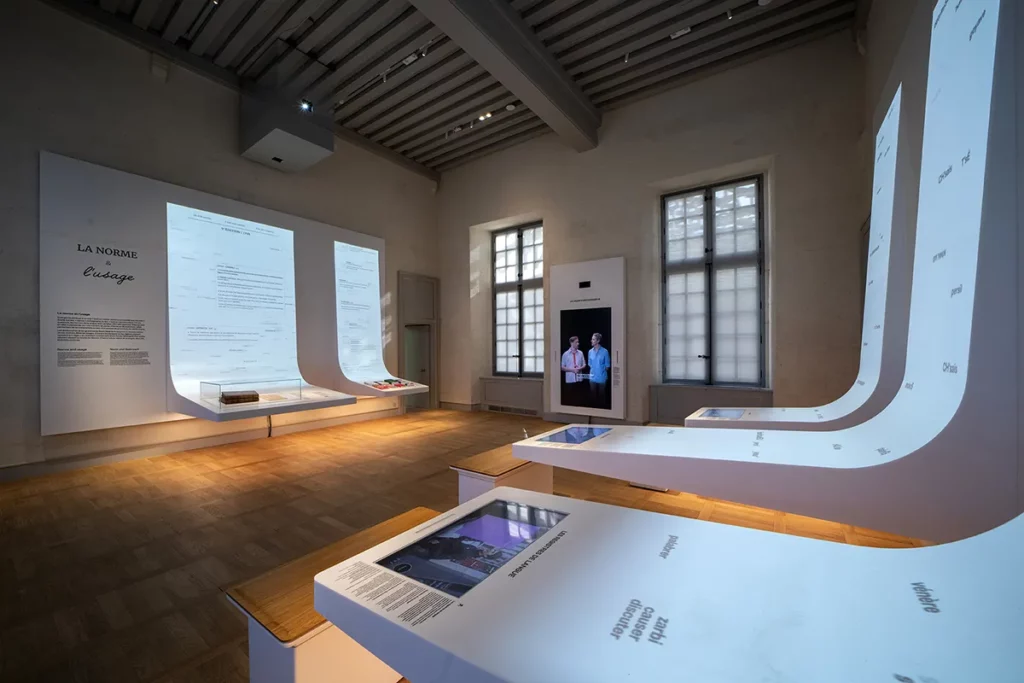
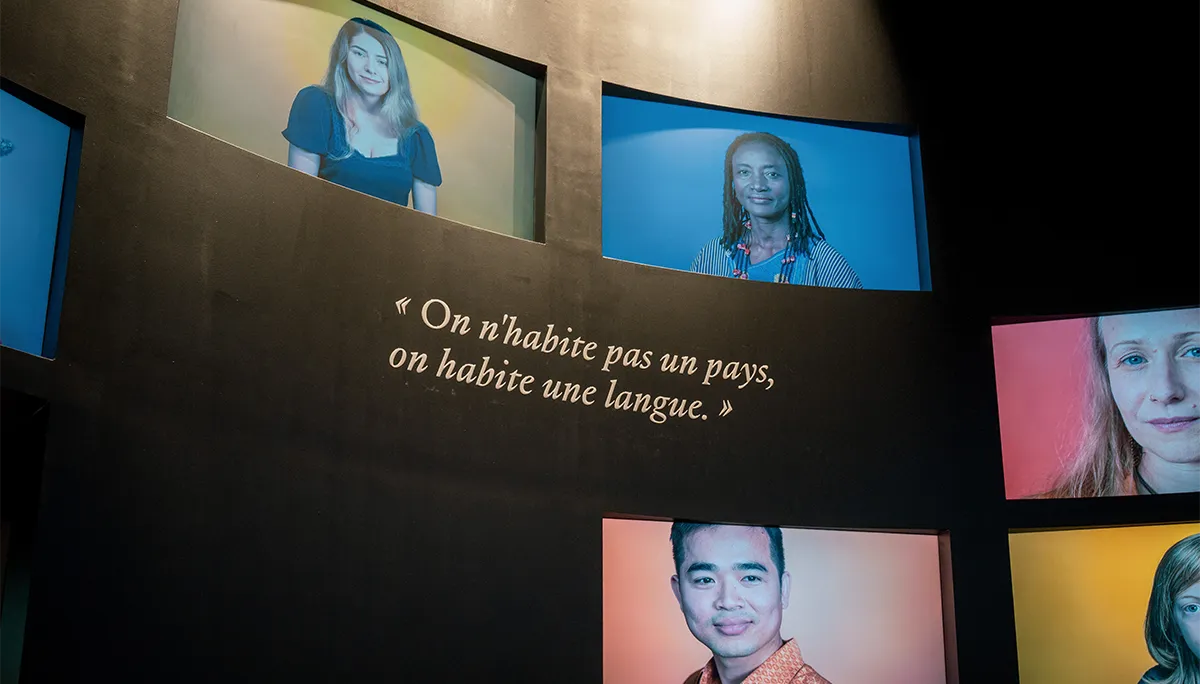
You can also discover how words are formed and travel inside a 360° dome that evokes the transformation of language through cultural and commercial exchanges.
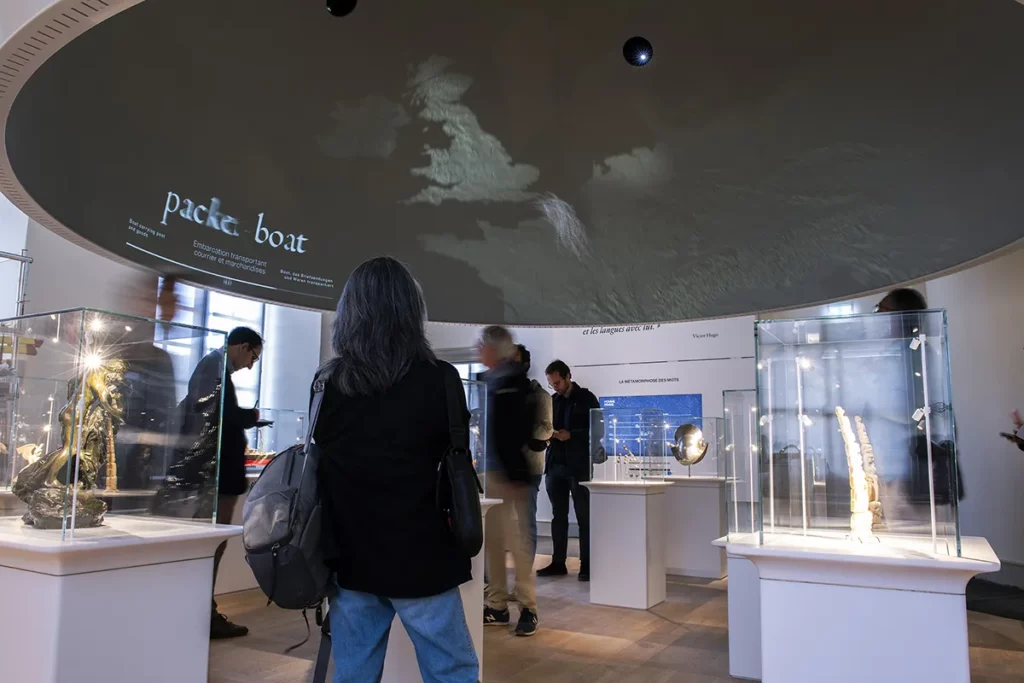
Finally, explore the political dimension of French, which has been at the heart of nation-building since the Ordinance of Villers-Cotterêts.
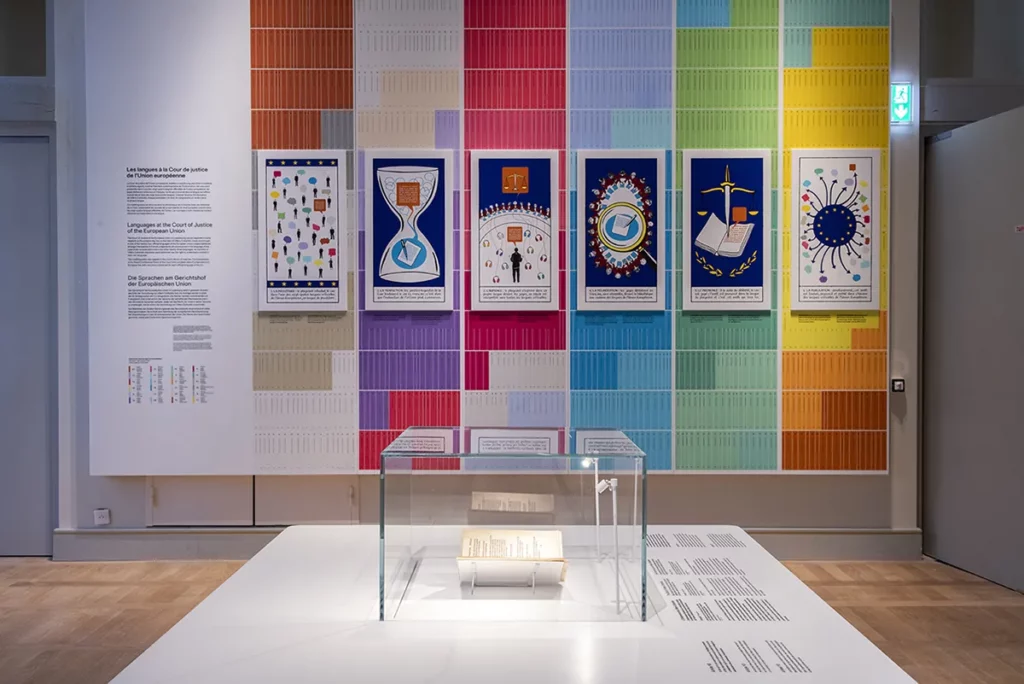
An ambitious cultural programme
Throughout the year, a wide-ranging programme of artistic events will be staged to showcase the diversity of the French-speaking world. The auditorium of the Cité internationale de la langue française will host dance, music, slam and comedy shows, as well as conferences.
This vast programme has been put together with over 80 partners, national and international institutions working on the French language.
A living place
As well as the tour route and cultural programme, the Cité also houses a café and a bookshop-boutique, making it a real place to come and relax, or simply walk through it to get to the forest behind the château.
Tip!
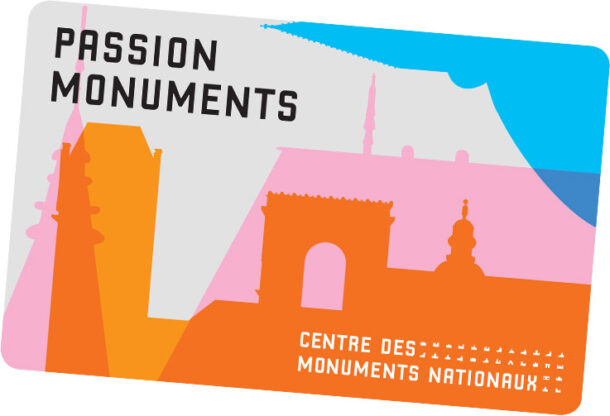
Admission to the Cité internationale de la langue française is free with the Passion Monuments card, which gives you unlimited access to around a hundred monuments throughout France.
Useful information
Address :
Cité internationale de la langue française
1 place Aristide Briand
Villers-Cotterêts
Opening times :
Opening on 1 November 2023
Tuesday to Sunday, 10am to 6.30pm
Website:
https://www.cite-langue-francaise.fr/
Price :
€9 – free for under 26s
This article was produced in collaboration with the Centre des Monuments Nationaux
Thanks to Juliette, Camille and Xavier for their warm welcome.





No Comments
Leave a comment Cancel